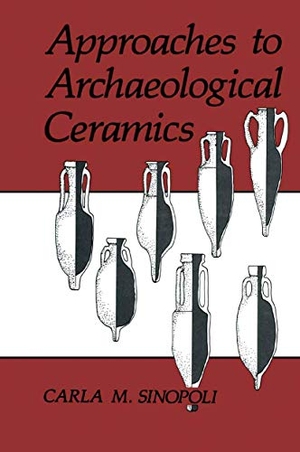Für statistische Zwecke und um bestmögliche Funktionalität zu bieten, speichert diese Website Cookies auf Ihrem Gerät. Das Speichern von Cookies kann in den Browser-Einstellungen deaktiviert werden. Wenn Sie die Website weiter nutzen, stimmen Sie der Verwendung von Cookies zu.
Cookie akzeptieren
Carla M. Sinopoli
Approaches to Archaeological Ceramics
- Springer US
- 1991
- Taschenbuch
- 256 Seiten
- ISBN 9780306435751
More than any other category of evidence, ceramics ofters archaeologists their most abundant and potentially enlightening source of information on the past. Being made primarily of day, a relatively inexpensive material that is available in every region, ceramics became essential in virtually every society in the world during the past ten thousand years. The straightfor ward technology of preparing, forming, and firing day into hard, durable shapes has meant that societies at various levels of complexity have come to rely on it for a wide variety of tasks. Ceramic vessels quickly became essential for many household and productive tasks. Food preparation, cooking, and storage-the very basis
Mehr
Weniger
zzgl. Versand
in Kürze